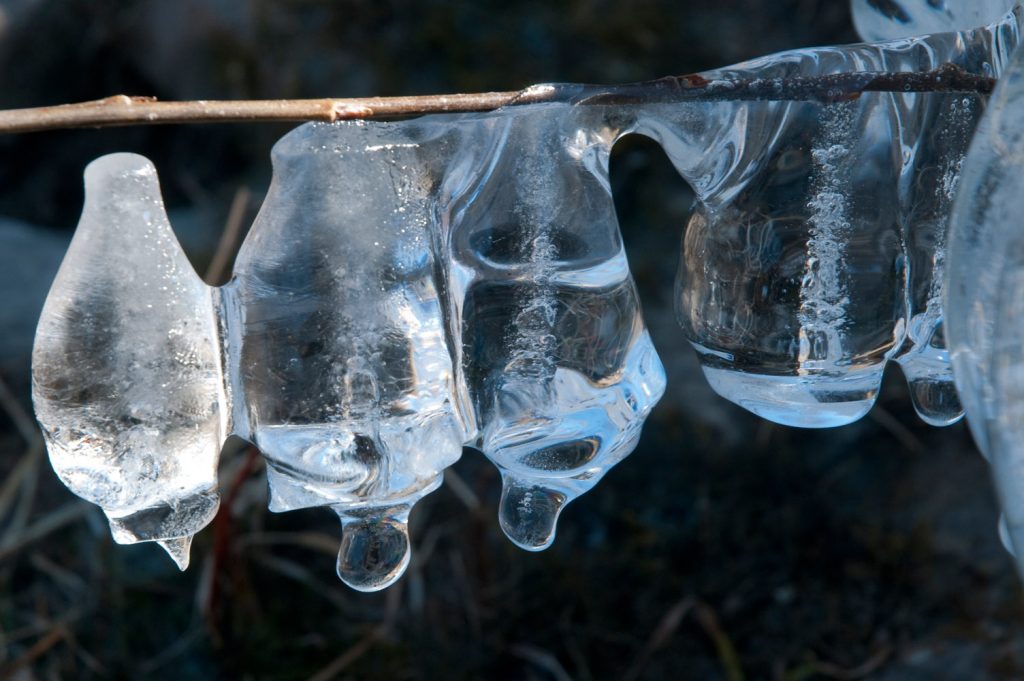In a photography group on Flickr, I recently asked participants to name their photography gurus.
To me a guru is more than just someone whose work you admire and try to emulate. It’s also someone who’s a teacher. We don’t necessarily try to imitate the styles of our gurus, but we learn from their ideas and techniques as we develop our own styles.
In my first attempt to answer my own question, I named three photographers whose work I admire for very different reasons. Each though, has published numerous books and articles explaining their techniques – often in an entertaining manner.
They are:
Joe McNally – Joe is an expert on using portable strobes on location, and often works with multiple flashes, linking them wirelessly through the Nikon Creative Lighting System (CLS). Even if you’re not a Nikonian, you’ll learn a lot from his highly readable books like The Hot Shoe Diaries and When the Shutter Clicks. I highly recommend a DVD he appears in A Hands-on Guide to Creative Lighting. His work appears in some of the best magazines, like National Geographic and Sports Illustrated.
Bryan Peterson – Bryan runs the online Perfect Picture School of Photography, and he’s authored a number of photography books. I really like the way he focuses on creativity and technique, and dispels the idea that expensive gear is the key to successful photography. He has a very clear and accessible way of explaining things, and his books are richly illustrated with his photos. Some I’ve read are: Understanding Exposure, Understanding Close-up Photography, and Beyond Portraiture: Creative People Photography. Excellent books for beginners, but also lots for more experienced photographers.
Scott Kelby – Scott is the guru for post production using software like Photoshop and Lightroom. He too provides online training. As he is a photographer, his books are geared to photographers. He has a goofy sense of humour that isn’t for everyone, but he has a great way of explaining things.
I soon realized that all three of them were American. Nothing wrong with that, of course, but as a Canadian who enjoys landscape photography, I thought I’d better add three Canadian landscape photographers who have also written numerous articles and books I’ve found helpful as I’ve developed my technique:
Darwin Wiggett darwinwiggett.wordpress.com/ – based in Alberta.
Daryl Benson www.darylbenson.com/ – another Albertan.
Dale Wilson www.dalewilsonphotography.com/ – from Nova Scotia.
Others answered with names of photographers they admire, who aren’t necessarily teachers. Check out the discussion:
http://www.flickr.com/groups/critique2/discuss/72157623518953846/
